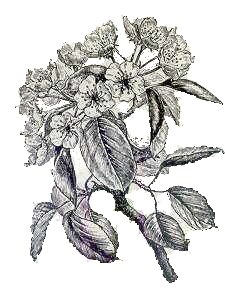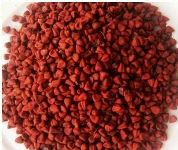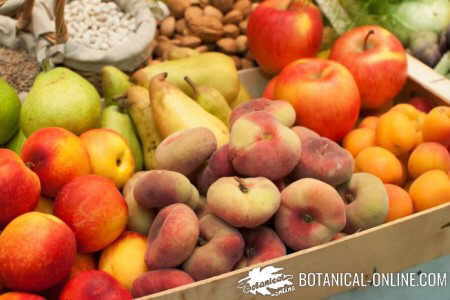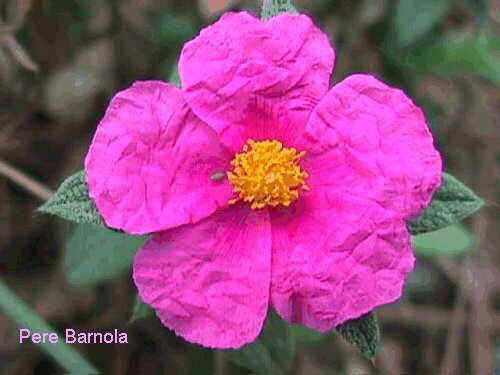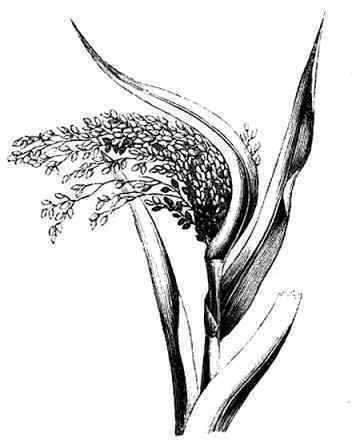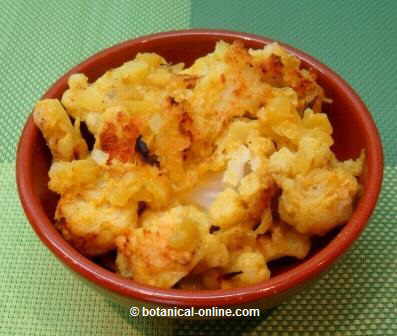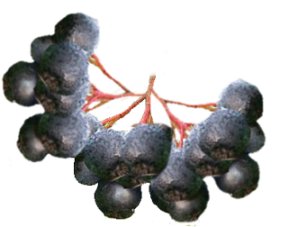Contents
What is a pear tree?
Characteristics of pear tree (Pyrus communis)
Common noun: Pear tree, Common pear
Scientific noun: Pyrus communis L.
– Synonyms: Pyrus sativa DC. = Pyrus caucasica Fed. = Pyrus pyraster (L.) Du Roi
Family: Rose family – Rosaceae
Habitat: It appears as a cultivated tree in Europe, North of Africa and Asia. It seems it is a species coming from the species Pyrus nivalis and Pyrus caucasica. It was first cultivated in East Europe and West Asia.
Drawing of flowers and leaves |
Description of pear tree
Deciduous tree of the Rose family – Rosaceae, up to 10 m.
Grey erect trunk, with its bark breaking into stripes.
Ovate leaves till 10 cm, bright green above, glabrous.
White or rosy flowers, till 1,5 cm wide, gathered in corymbs from 3 to 7.
Picking-up and storing pear tree parts
Leaves must be collected in spring and will be dried in the shade; bark must be picked-up in autumn and dried in the sun.
Both must be stored in dried containers; it is advisable for the bark to place it in a air-tightened container.
Components of pear tree
- Acids: oleic, palmitic, glutamic, caffeic, linoleic, aspartic and ascorbic (Fruits)
- Beta carotene (fruit)
- Amino acids: Glycine, arginine, alanine, isoleucine, leucine and threonine (Fruits)
- Arbutin (fruit)
- Minerals: Potassium, phosphorus, magnesium, calcium, copper…
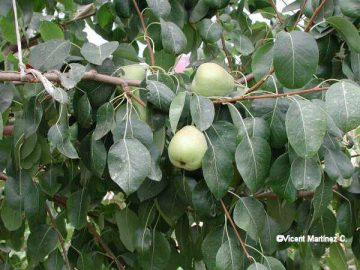
![]() More information on pears
More information on pears

